In light of the Winter Olympics that just ended i thought I would do a post about a snowboard photographer Mike Yoshida. I couldn't copy any of his photos onto mt blog post so here is a link to his portfolio. http://www.mikeyoshida.com/Portfolio/Snowboarding/13561160_RqcTh
I am amazed at what some people can do with a snowboard and Yoshida seems to capture a small portion of the talent of these snowboarders.
Wednesday, February 26, 2014
Rules of Photography
Breaking the patter versus conformity. This little sprout of a branch is just breaking through the otherwise uniform section of bark creating a more interesting shot than if it was of just bark.
Jagged lines are more attractive than smooth lines.
Red stands out over all other colors. This one is kind of cheating a bit because the fire hydrant is the biggest thing and centered in the shot but it still stands out above the background of the picture.
None of these are very special or superb but I have been a little busy and stressed with midterms this week so I was unable to go out and take more interesting pictures other than these ones I took in class.
Wednesday, February 19, 2014
Bob Langrish
Growing up around horses it's kind of impossible to open a magazine about horses and not see pictures in it taken by Bob Langrish. So I thought it would be appropriate to do a blog post on him, though his type of photography doesn't really match up with what we are doing, since I have admired his pictures ever since I could remember. Bob has been taking pictures of horses for nearly 40 years, he uses a Canon EOS 1D MK IVwith lenses that range from 15 mm to 500 mm. He has completely illustrated over 100 books and contributed to over 200 others. Bob has photographed 6 Olympic games and travels the world to take pictures. Since he is from the UK he primarily focuses on the English side of the horse world, such as Dressage shows, Eventing, Jumping etc. and also takes pictures of horses free either in a field or "wild". Here are some examples of ones that I thought were interesting.
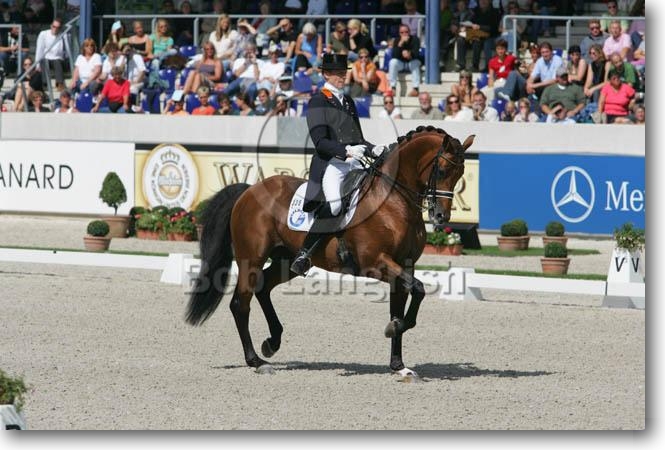
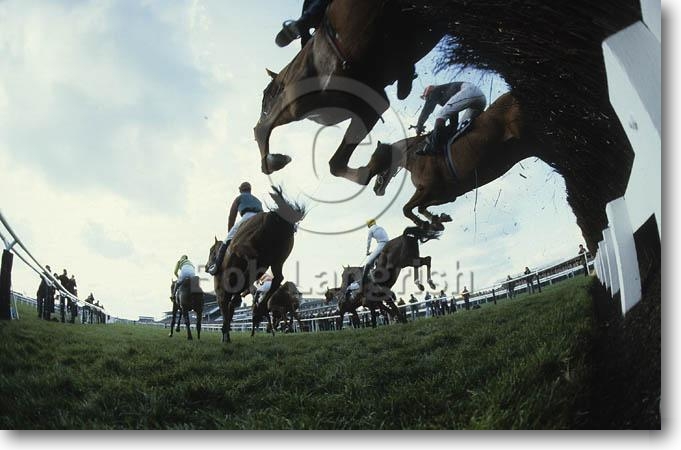
%20M.%20J.%20Tumbridge%20-Ginger%20May%20Killinghurst-%20Badminton%202005.jpg)
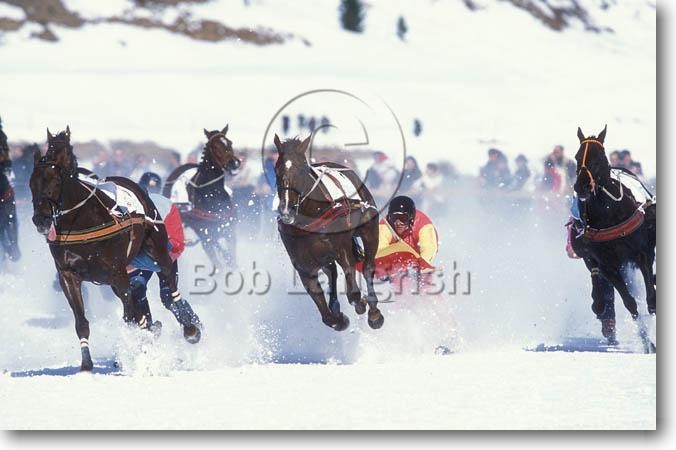
%20Team%20Vaulting%20WEG%202006.jpg)
%20Duane%20Latimer%20-Hang%20Ten%20Surprize-%20Reining%20WEG%202006.jpg)
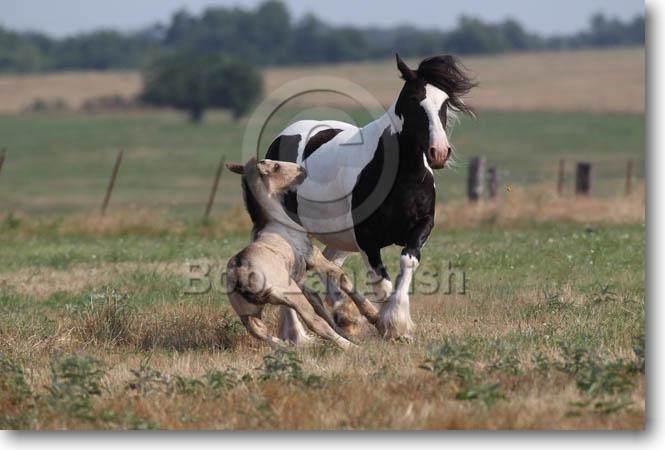
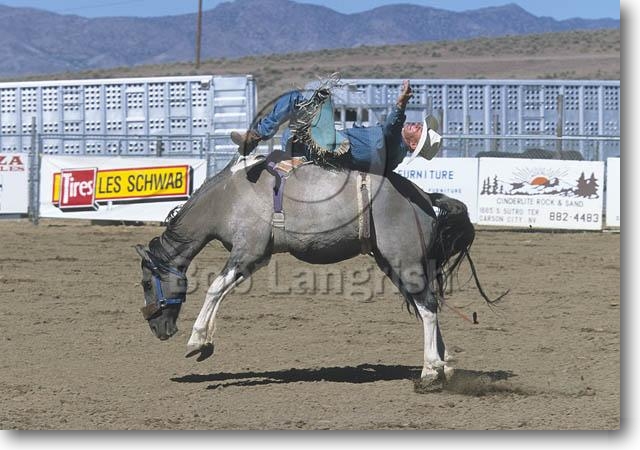
LucyWiegersma-Beckli-BadmintonXC2007.jpg)
H.R.H.PrinceAbdullahAl-Soud-AllahJabek(SF)-ShowjumpingWEG2006.jpg)
JohnWhitaker-ContesseSZ-TheBunnLeisureInternationalStakesHickstead2009.jpg)
B.Thomas-NabataeanTreat-Badminton2005.jpg)
I really liked the ones of people falling off maybe a little too much.
This is Bob Langrish's website for more picture: http://www.boblangrish.com/galleriesimages.php?id=72&sid=0


%20M.%20J.%20Tumbridge%20-Ginger%20May%20Killinghurst-%20Badminton%202005.jpg)

%20Team%20Vaulting%20WEG%202006.jpg)
%20Duane%20Latimer%20-Hang%20Ten%20Surprize-%20Reining%20WEG%202006.jpg)


LucyWiegersma-Beckli-BadmintonXC2007.jpg)
H.R.H.PrinceAbdullahAl-Soud-AllahJabek(SF)-ShowjumpingWEG2006.jpg)
JohnWhitaker-ContesseSZ-TheBunnLeisureInternationalStakesHickstead2009.jpg)
B.Thomas-NabataeanTreat-Badminton2005.jpg)
I really liked the ones of people falling off maybe a little too much.
This is Bob Langrish's website for more picture: http://www.boblangrish.com/galleriesimages.php?id=72&sid=0
Thursday, February 13, 2014
Fireworks
So another thing I like to photograph at night is fireworks. My neighbor back home has a huge 4th of July party and spends tons of money on his fireworks so it's a lot of fun to go and watch and take pictures. Sometimes I have trouble making them look like actual fireworks instead of streaks of light. Here are some tips and things to think about from Darren Rowse:
Here are some of my pictures of fireworks from the 4th of July, I had just bought my camera so I was fiddling with it a lot but I had fun with it.




And here are some pictures that I found on http://www.thisiscolossal.com/2012/08/unusual-long-exposure-firework-photographs-by-david-johnson/ that I thought were cool. These are by David Johnson.



- Use a tripod. Obviously we've already been over the benefits of using tripods especially with night photography.
- Remote release. Also something we already talked about to keep your camera still while shooting.
- Framing your shot. Think about whether you want only the fireworks in the shot or maybe some of the crowd or place they are being shot off of as well. Think about whether you want your shot vertical or horizontal, vertical tends to be more used because of the upward motion of fireworks. Make sure if the horizon is in the picture its level.
- Focal length. Having a picture of fireworks far away or close up could both make for a nice picture but its easier to plan out beforehand which you would like to do first rather than think about it post processing.
- Aperture. Because fireworks are so bright its not usually necessary to use the brightest aperture for your camera, generally middle range apertures work just fine f/8 to f/16.
- Shutter speed. This is the most important in my mind. Fireworks move really fast so its important to have a fast shutter speed to capture the moment. Of course slowing the shutter speed down sometimes makes for an interesting picture, that is what I did when I was shooting my neighbor's pictures I thought it looked really cool with all the streaks in the shot and I liked that they didn't really look like fireworks but like a burst of light. Bulb mode is generally the best to shoot fireworks with that way you can decide how long to keep the shutter open though more than a few seconds will usually result in a over exposed picture.
- ISO. Lowest possible for a clean picture.
- Don't use a flash. Just don't it wont do anything positive for you.
- Shoot in Manual. A lot of cameras have difficulty shooting in low light conditions so the best pictures usually can be take when your camera is in manual exposure and focus mode.
- Have fun with it. Check your pictures periodically to make sure they are coming out like you want them to and then experiment a little you never know maybe you'll find something you like just messing around with your camera.
Here are some of my pictures of fireworks from the 4th of July, I had just bought my camera so I was fiddling with it a lot but I had fun with it.




And here are some pictures that I found on http://www.thisiscolossal.com/2012/08/unusual-long-exposure-firework-photographs-by-david-johnson/ that I thought were cool. These are by David Johnson.



Thursday, February 6, 2014
Star Trails
I have always been fascinated by the stars. In my high school photography class I made several attempts at trying to capture them but my camera's battery always died before the end of it. I know that you need to have your camera on the bulb setting and that you need to have very little light pollution for it to work properly. When I was first trying this I never invested in a remote shutter so I had to tape an asprin to hold down the shutter for a long period of time. When I was attempting this it was in the fall so the nights were getting rather cold so the battery of my mom's camera always died before I could get a decent shot of the star trails. Also I had to try this in my backyard which has a lot of light pollution, even with all the house lights off, from the surrounding houses and the town center a few miles away. Here are some tips I found to photography star trails.
James Vernacotola has an article about how he photographs star trails
http://www.jamesvernacotola.com/Resources/How-To-Photograph-Star-Trails/12233655_V7cX4D
James Vernacotola has an article about how he photographs star trails
- He suggests that to keep your lenses from fogging up in the cold that you invest in Gaffers tape to wrap around the lens.
- He also says you will want to make sure the moon is in the New Moon phase that way the brightness of the moon does not interfere with the open shutter.
- Get a battery grip that way you can have two batteries in at the same time, which will give you plenty of time to shoot the star trails.
- You will want to look for a night that the sky is clear that way the clouds don't interfere with your picture.
- You'll need to figure out how long you want your shutter to be open, the longer the shutter is open the longer the star trails are. Here are a few examples of them to help figure it out.

- Focus your camera and make sure the auto focus is off that way it doesn't try and focus on something while the shutter is open.
- Put something interesting in the shot besides the sky to appeal to people.
- This is what will happen if you have too much light pollution, the stars will be drowned out by it:

http://www.jamesvernacotola.com/Resources/How-To-Photograph-Star-Trails/12233655_V7cX4D
Subscribe to:
Posts (Atom)



